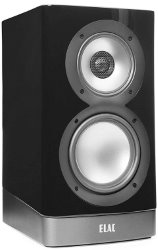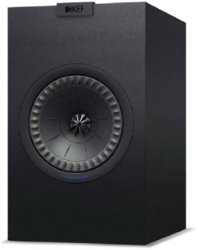ELAC ARB51 Navis vs. KEF Q150
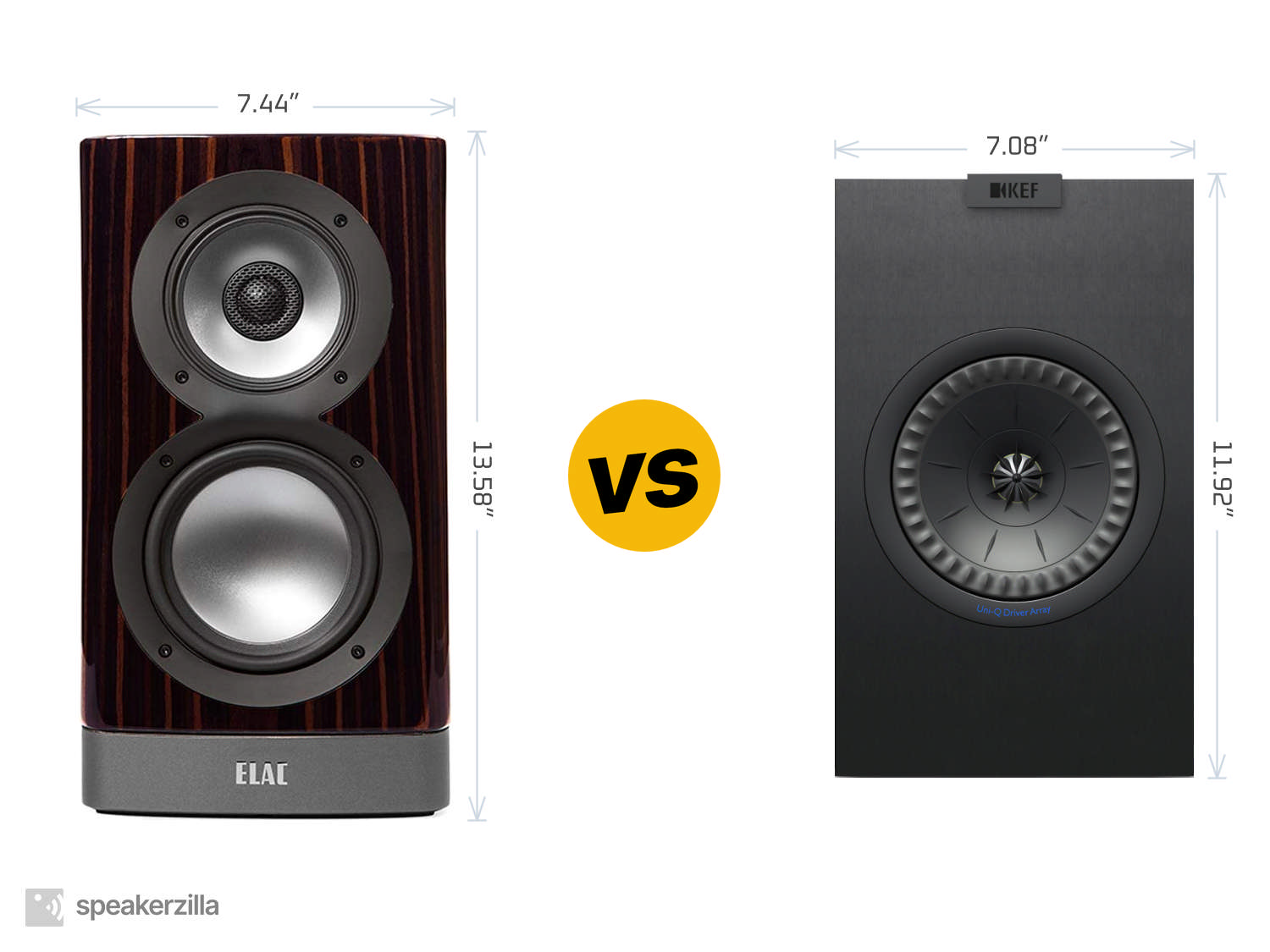
| ELAC ARB51 Navis Powered Bookshelf Speakers | KEF Q150 Bookshelf Speakers |
| MSRP | |
| $2000 | $600 |
| Dimensions (H × W × D) | |
|
13.58” × 7.44” × 9.45” 345mm × 189mm × 240mm |
11.92” × 7.08” × 10.94” 303mm × 180mm × 278mm |
| Power Type | |
| Powered | Passive |
| Frequency Response | |
| 44-28,000 Hz | 51-28,000 Hz |
| ASR Score | |
| n/a | 4.8 |
| ASR Score w/Subwoofer | |
| n/a | 6.9 |
|
Amazon.com
|
Amazon.com
|
Key Takeaways
TLDR Summary: In the world of high-fidelity sound, the ELAC ARB51 Navis and the KEF Q150 bookshelf speakers present compelling yet distinct offerings. The Navis ARB51 stands out with its self-powered convenience, sophisticated tri-amp system, and custom drivers that deliver a seamless audio performance with exceptional detail and dynamics. In contrast, the KEF Q150 shines with its renowned Uni-Q driver array, offering excellent sound dispersion and a rich, coherent soundscape at a more approachable price point. While the Navis leans towards the audiophile seeking an all-in-one solution, the Q150 appeals to those wanting a stellar passive speaker to pair with their chosen amp.
Speaker Comparison
When it comes to bookshelf speakers that blend both innovation and performance, the ELAC ARB51 Navis Powered Bookshelf Speakers and KEF Q150 Bookshelf Speakers are two models that demand attention. Both offer distinctive approaches to sound reproduction, but they cater to different listening preferences and system requirements. In this comparison, we'll delve into the nuances that set these two speakers apart and determine which could be the right fit for your personal audiophile sanctuary.
Design Philosophy and Aesthetics
The ELAC ARB51 Navis, designed by the acclaimed Andrew Jones, comes with a pedigree of audio excellence and a focus on self-contained performance. With its powered design, the Navis requires no external amplification, offering a streamlined user experience. The KEF Q150, on the other hand, follows a passive design, which means they rely on external amplification. This gives users the flexibility to pair them with a wide range of amplifiers or receivers, catering to those who love to tweak and fine-tune their setup. Aesthetically, both feature clean lines and a modern appearance, but the Navis boasts a more premium finish and construction, befitting its higher price point.
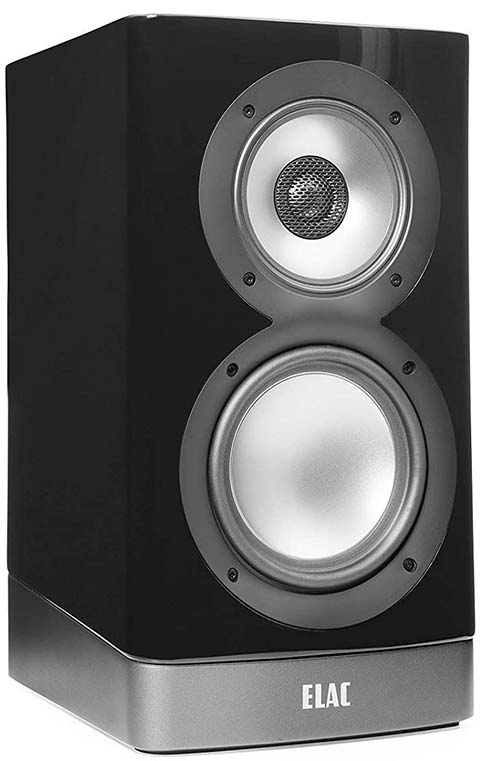
 (at Amazon.com)
(at Amazon.com)Sound Signature and Performance
The ELAC ARB51's sound is characterized by its articulate bass, thanks to the built-in amplification tailored specifically for its drivers. The highs are crisp, and the midrange is remarkably clear, presenting vocals and instruments with exceptional accuracy. The KEF Q150, with its iconic Uni-Q driver array, provides a seamless sound stage where the treble and midrange integrate almost imperceptibly. The Q150 excels in offering a spacious 3D-like sound that KEF speakers are known for - an attribute that's quite compelling for a speaker of its size and class.
When it comes to bass response, the ELAC ARB51's active design gives it an edge in control and depth. The bass is tight and well-defined, without the need for a subwoofer in smaller rooms. The KEF Q150, while strong in its right, may require a subwoofer to achieve the same level of bass presence in larger spaces, but its performance is still impressive for its size and allows the listener to tailor the lower frequencies to their preference with a separate subwoofer.
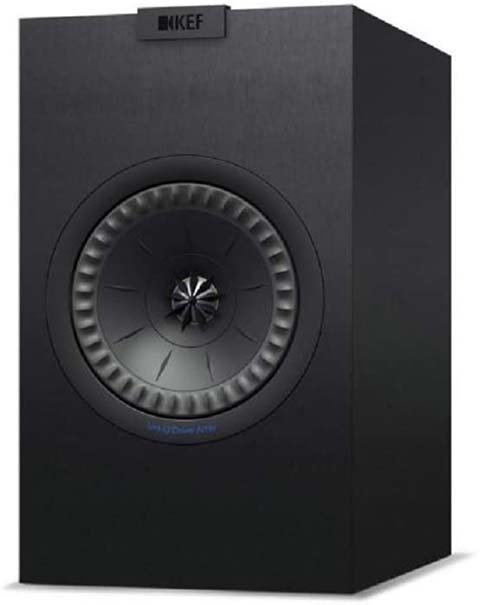
 (at Amazon.com)
(at Amazon.com)Connectivity and Versatility
The ELAC ARB51 is as plug-and-play as it gets in the high-fidelity world. With multiple inputs including RCA, XLR, and wireless capabilities via an optional transmitter, these speakers are ready to interface with practically any source. The KEF Q150's passive nature means it will take a bit more setup and the right pairing with an amplifier to truly shine. However, this can be a plus for audiophiles who enjoy the process of component matching to extract every last drop of performance from their speakers.
Compare to similar speakers
Another point of consideration is the ease of system integration. The Navis ARB51 is a standalone powerhouse that can serve as the heart of a minimalist, high-quality audio system. The KEF Q150's need for external amplification means it's often one part of a larger system. While this requires more components, it provides the freedom to upgrade individual parts over time, potentially leading to a more future-proof setup.
Ultimately, the choice between the ELAC ARB51 Navis Powered Bookshelf Speakers and the KEF Q150 Bookshelf Speakers comes down to personal preference and intended use. The Navis is a superb all-in-one solution for those seeking a premium, clutter-free audio experience, while the Q150 appeals to the traditionalist who enjoys the ritual of crafting and evolving their sound system. Both sets of speakers are capable of delivering a gratifying sonic experience, with the ELAC ARB51 leaning towards a more precise and controlled performance and the KEF Q150 offering an expansive soundscape with the potential for customization.
- ELAC ARB51 Navis reviews and FAQs
- KEF Q150 reviews and FAQs
Check Current Prices: |
|
|
Amazon.com
|
Amazon.com
|
Affiliate Disclosure: As an Amazon Associate, we earn from qualifying purchases.
